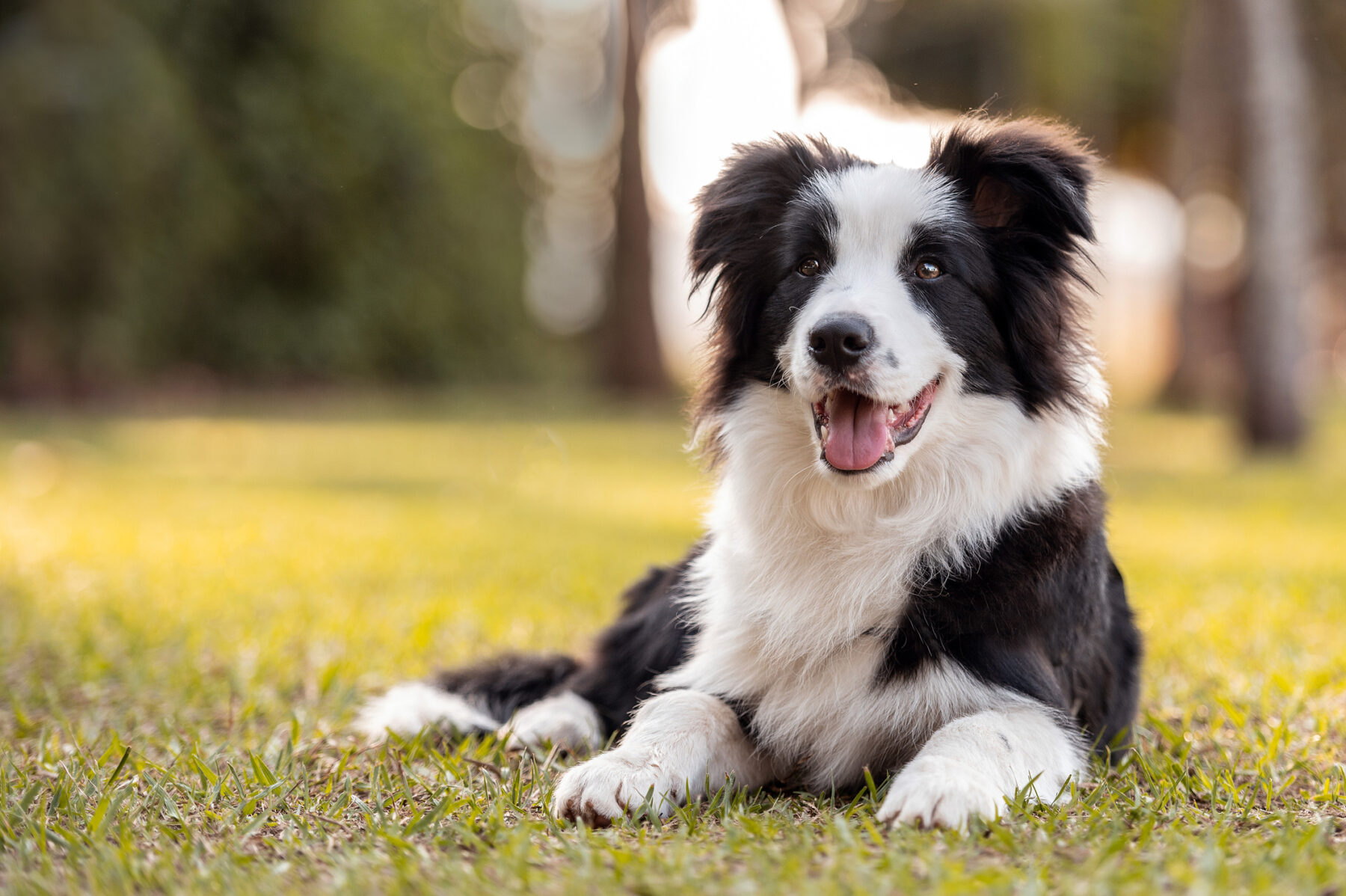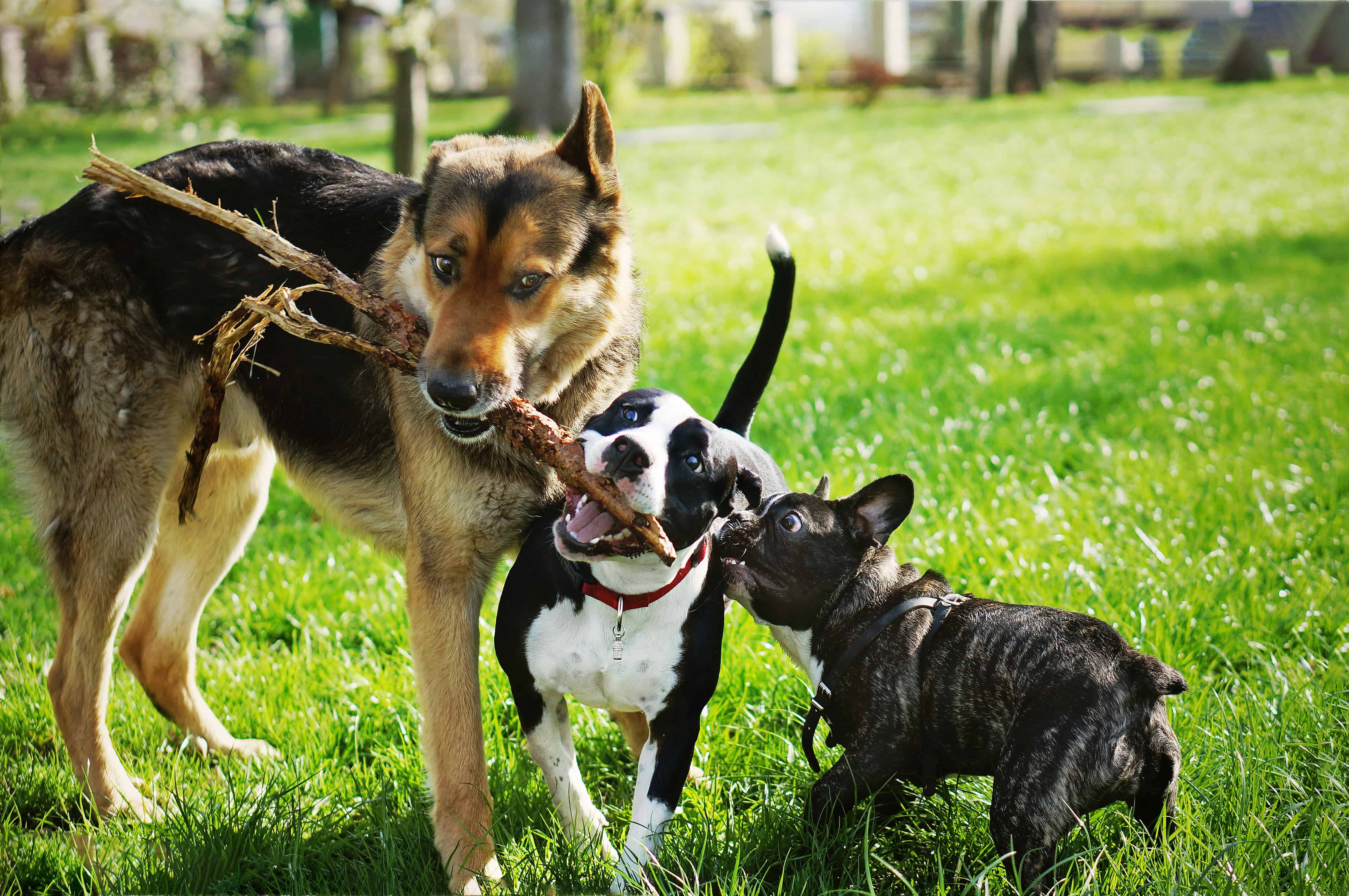Dogs are known as man’s best friend for a reason—they come in all shapes, sizes, and temperaments, offering a diverse array of traits and characteristics to suit every lifestyle and preference. From tiny toy breeds to majestic giants, from energetic working dogs to laid-back companions, the world of dog breeds is rich and varied. In this article, we will embark on a journey to explore the incredible diversity of Exploring the diversity of dog breeds worldwide, highlighting their unique features, histories, and roles in human society.
Table of Contents
Origins and Evolution
The history of dog breeds dates back thousands of years, with evidence of domesticated dogs dating as far back as 15,000 years ago. Over time, humans selectively bred dogs for various purposes, resulting in the development of distinct breeds with specialized skills and traits. Some breeds were bred for hunting, herding, guarding, or companionship, while others were prized for their strength, speed, or agility. Today, there are hundreds of recognized dog breeds, each with its own fascinating backstory and evolution.
Physical Characteristics
One of the most striking aspects of dog breeds is their wide range of physical characteristics. Dogs come in all shapes and sizes, from the tiny Chihuahua to the towering Great Dane. Breeds vary in coat type, color, and pattern, with some sporting luxurious long fur, while others have sleek, short coats. Additionally, dogs exhibit diverse facial features, ear shapes, and tail lengths, adding to the visual appeal and charm of each breed.
Temperament and Personality
Beyond their physical appearance, dog breeds also display a remarkable diversity of temperaments and personalities. While some breeds are known for their outgoing and sociable nature, others are more reserved or independent. Breeds like Labrador Retrievers and Golden Retrievers are renowned for their friendly and affectionate demeanor, making them popular choices for families and therapy work. On the other hand, breeds like Shiba Inus and Akitas are known for their loyalty and aloofness, reflecting their heritage as guard dogs and hunters.

Working and Sporting Breeds
Many dog breeds were originally bred for specific working roles, such as herding livestock, retrieving game, or guarding property. These working breeds possess a strong work ethic, intelligence, and drive to perform their designated tasks. Examples of working breeds include the Border Collie, German Shepherd, and Siberian Husky. Similarly, sporting breeds were developed for hunting and retrieving game, with breeds like the Labrador Retriever, Pointer, and Cocker Spaniel excelling in these roles.
Cultural and Regional Variations
The diversity of dog breeds is further enriched by cultural and regional variations, with certain breeds being associated with specific countries or cultures. For example, the Japanese Akita is revered as a national treasure in Japan, while the Australian Cattle Dog is a symbol of the Australian Outback. Additionally, some breeds have ancient origins and are deeply ingrained in the cultural heritage of their respective regions, such as the Tibetan Mastiff and the Irish Wolfhound.
Conclusion
The diversity of dog breeds worldwide is a testament to the enduring bond between humans and dogs and the remarkable adaptability of these beloved companions. Whether it’s their physical appearance, temperament, working abilities, or cultural significance, each breed brings its own unique charm and personality to the canine world. As we celebrate the rich tapestry of dog breeds, let us continue to cherish and appreciate the many ways in which dogs enrich our lives and bring joy and companionship to people around the globe.




